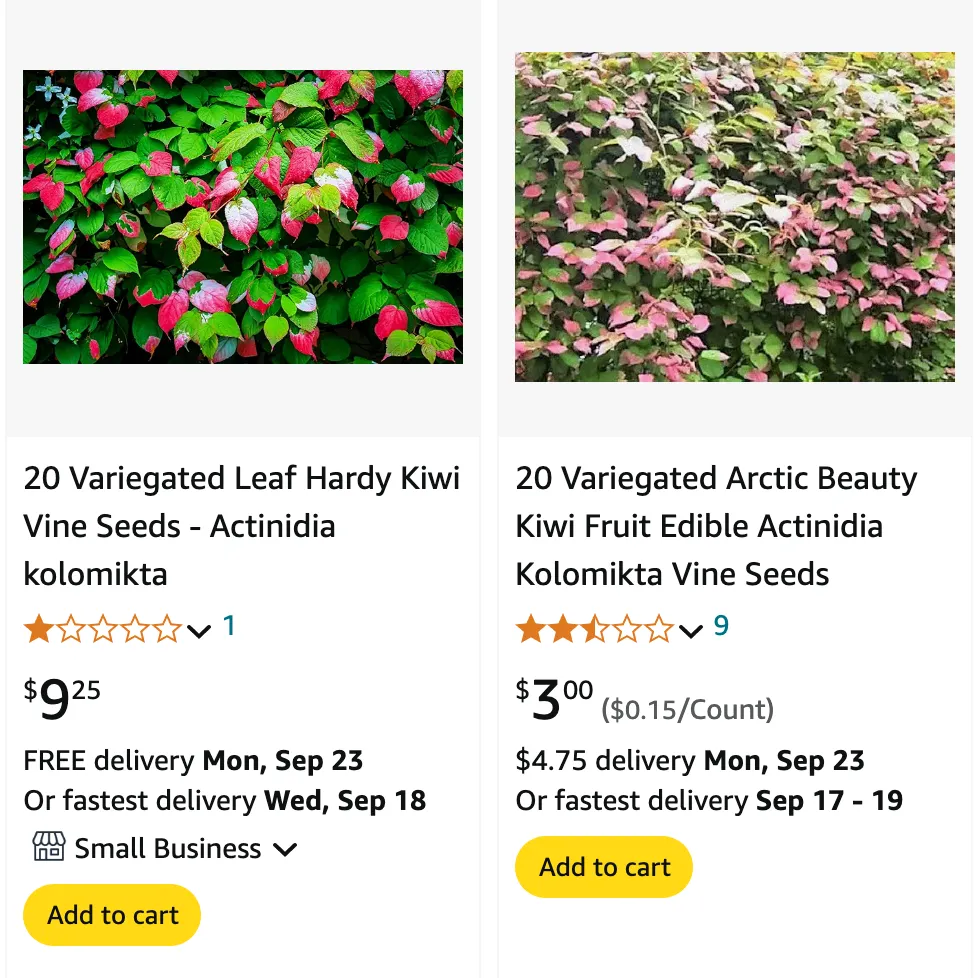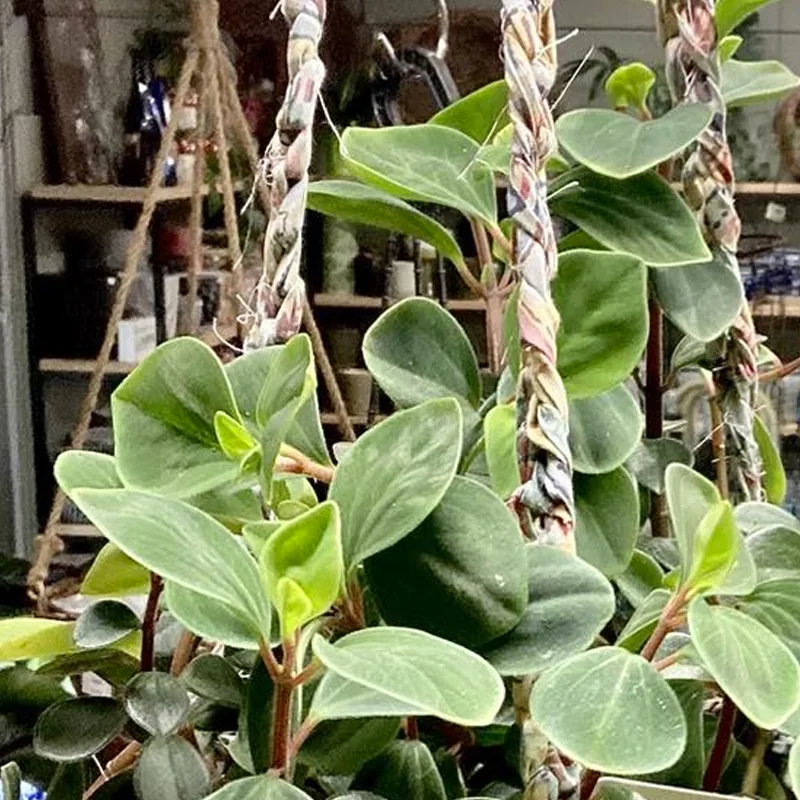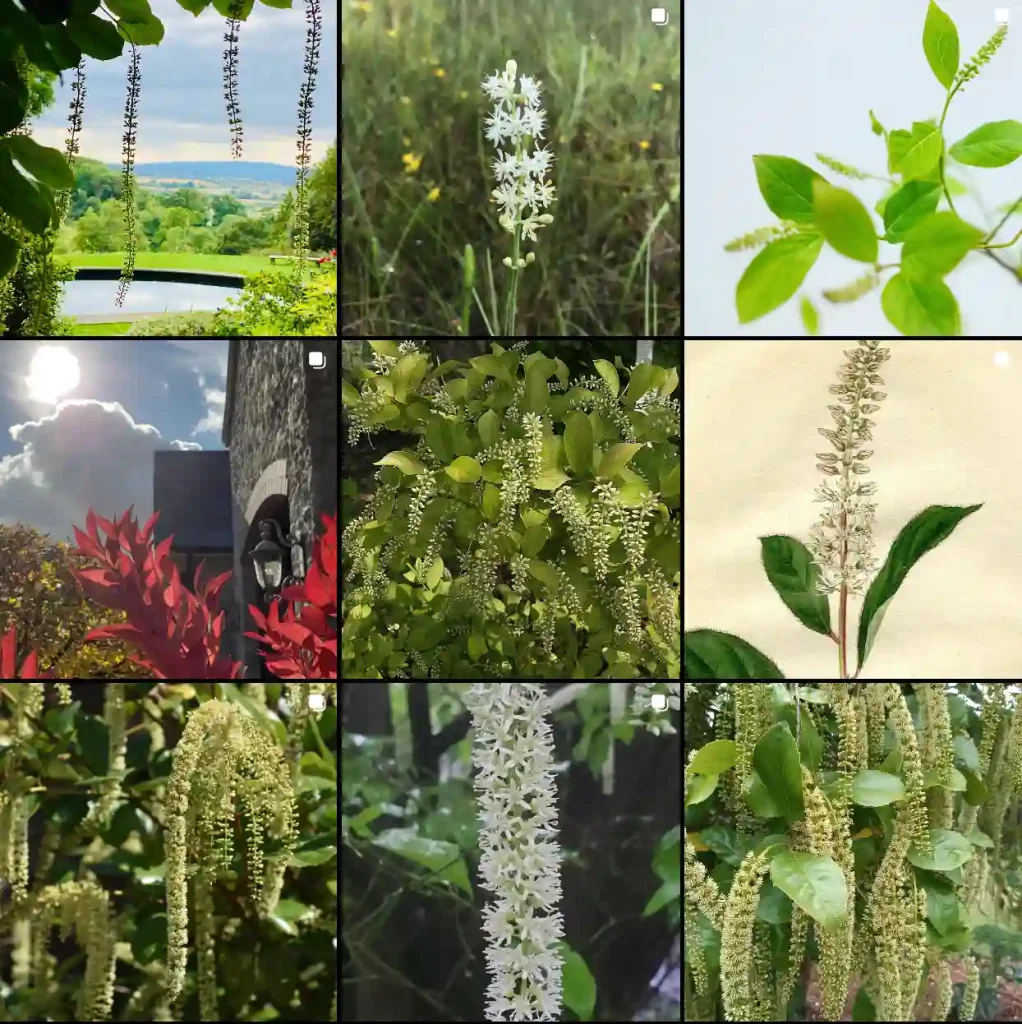
Actinidia Kolomikta: A Comprehensive FAQ
When it comes to adding a unique and vibrant touch to my garden, Actinidia Kolomikta, also known as the Arctic Kiwi or Kolomikta Kiwi, never fails to catch my attention. This fascinating plant boasts an intriguing foliage pattern and the potential for edible fruit. Over time, I’ve gathered a lot of insights about this plant, and I’m excited to share them with you. Here’s a comprehensive FAQ based on my experiences and knowledge.
What Is Actinidia Kolomikta?
Actinidia Kolomikta is a deciduous vine native to Siberia, Japan, and China. It’s part of the Actinidiaceae family and is well-known for its striking foliage. The leaves are green with white and pink variegation, creating a colorful display throughout the growing season. In the late summer, this plant produces small, edible fruit that resembles a tiny kiwi, hence the common name “Arctic Kiwi”.
Plant Family: 3 Genera in Actinidiaceae
How to Care for Actinidia Kolomikta?
Caring for Actinidia Kolomikta is relatively straightforward, but it does require some attention to detail:
- Light Requirements: This vine thrives in full sun to partial shade. It’s essential to provide it with at least six hours of sunlight each day for optimal growth and vibrant leaf coloration.
- Soil Conditions: Actinidia Kolomikta prefers well-draining soil rich in organic matter. A slightly acidic to neutral pH is ideal. Good drainage is crucial to prevent root rot.
- Watering: Regular watering is important, especially during dry periods. However, avoid waterlogging the soil. The plant prefers evenly moist soil.
- Fertilization: Feed the vine with a balanced fertilizer in early spring to support vigorous growth. A slow-release granular fertilizer works well.
- Pruning: Prune the vine in late winter or early spring before new growth starts. This helps to control its size and encourages better fruit production. Remove any dead or damaged stems to promote healthy growth.
How to Propagate Actinidia Kolomikta?
Propagating Actinidia Kolomikta can be done through several methods:
- Seed Propagation: Sow seeds in a cold frame or indoors in late winter. They require a period of cold stratification to germinate. After germination, transplant seedlings to their final location.
- Cuttings: Taking semi-hardwood cuttings in late summer or early fall is an effective method. Dip the cuttings in rooting hormone and plant them in a moist, well-draining medium. Keep them in a warm, humid environment until roots develop.
- Layering: This method involves bending a low-growing stem to the ground and covering it with soil. Once roots form, cut the new plant from the parent vine and transplant it.
What to Plant With Actinidia Kolomikta?
Pairing Actinidia Kolomikta with complementary plants can enhance the overall look of your garden:
- Clematis: The colorful flowers of Clematis provide a beautiful contrast to the foliage of Actinidia Kolomikta.
- Honeysuckle: Both plants are vigorous climbers and can create a lush, green wall together.
- Hostas: Their large, shade-tolerant leaves complement the vibrant foliage of the Arctic Kiwi.
Is Actinidia Kolomikta Toxic?
Actinidia Kolomikta is non-toxic to humans and pets. It’s safe to grow in gardens where children or animals might come into contact with it. However, as with any plant, it’s wise to avoid ingesting large quantities of any part of the plant.
Benefits of Growing Actinidia Kolomikta
Growing Actinidia Kolomikta comes with several benefits:
- Ornamental Appeal: Its colorful foliage adds a unique aesthetic to any garden.
- Edible Fruit: The small, kiwi-like fruits are edible and have a sweet flavor. They can be used in jams, desserts, or eaten fresh.
- Privacy Screening: As a vigorous vine, it’s excellent for covering fences or trellises, providing both beauty and privacy.
Common Problems with Actinidia Kolomikta
Despite its many benefits, Actinidia Kolomikta can face a few issues:
- Pests: Watch out for aphids and spider mites, which can affect the plant’s health. Regular inspection and appropriate insecticidal treatments can help manage these pests.
- Diseases: Root rot can occur if the plant is overwatered or if the soil is poorly drained. Ensure good drainage and avoid excessive watering.
- Cold Sensitivity: While Actinidia Kolomikta is relatively hardy, young plants might need protection during extreme cold spells.
Comparing Actinidia Kolomikta with Similar Plants
Actinidia Kolomikta is often confused with other Actinidia species:
- Actinidia Deliciosa: Known as the hardy kiwi, it produces larger fruit compared to the Arctic Kiwi. It also has different foliage and requires slightly different care.
- Actinidia Arguta: This species, like Kolomikta, produces edible fruit but generally has a more vigorous growth habit and can be more tolerant of warmer climates.
In conclusion, Actinidia Kolomikta is a versatile and attractive vine that can add both aesthetic value and functional benefits to your garden. With proper care and attention, it can thrive and become a standout feature in your outdoor space.
If i die, water my plants!



